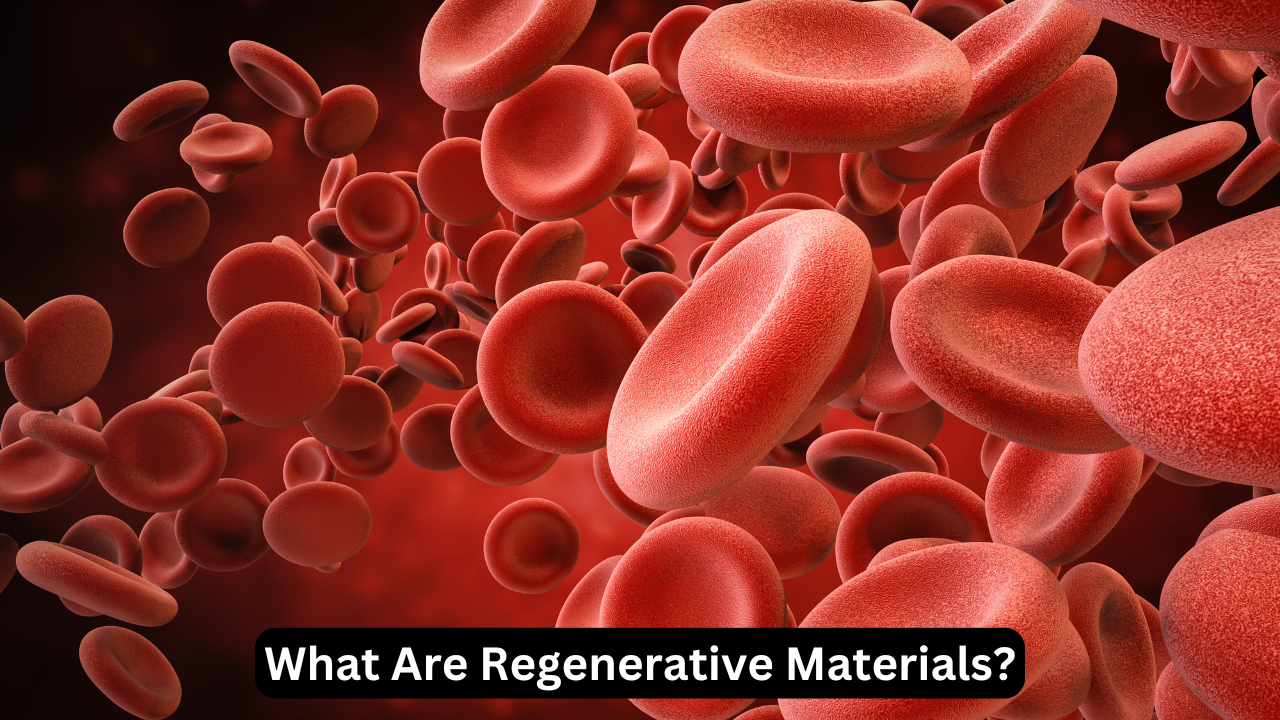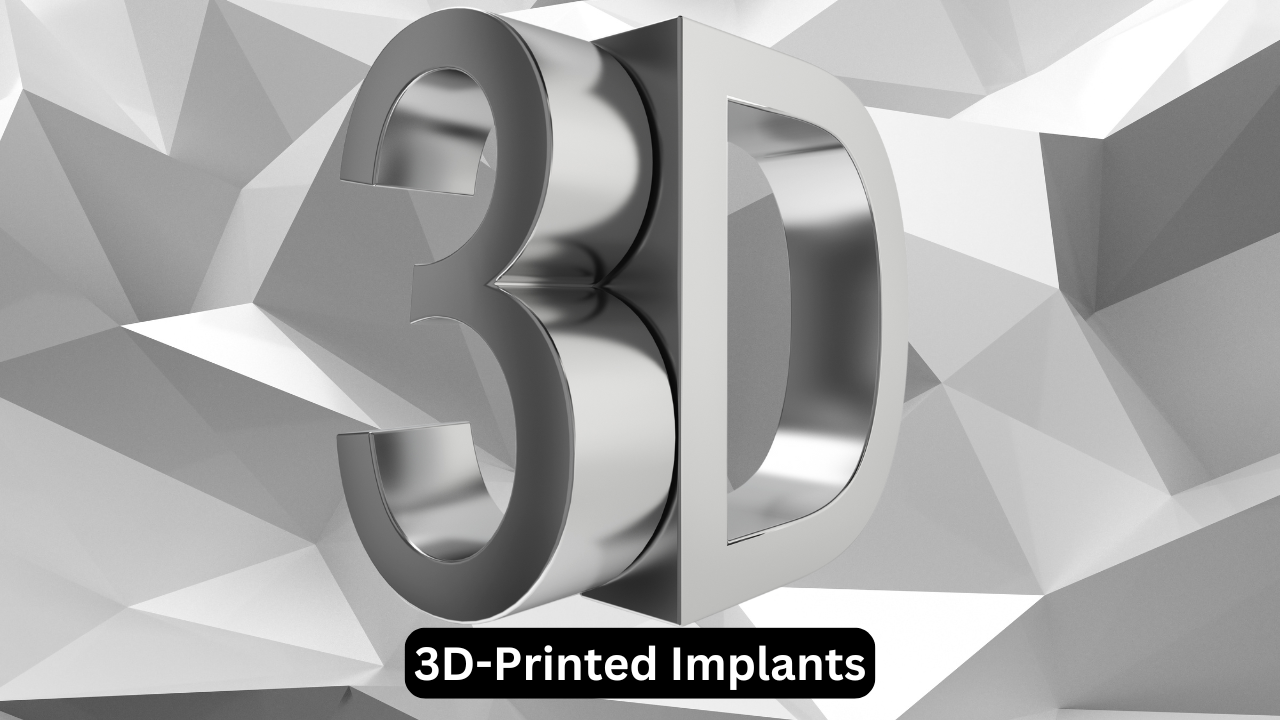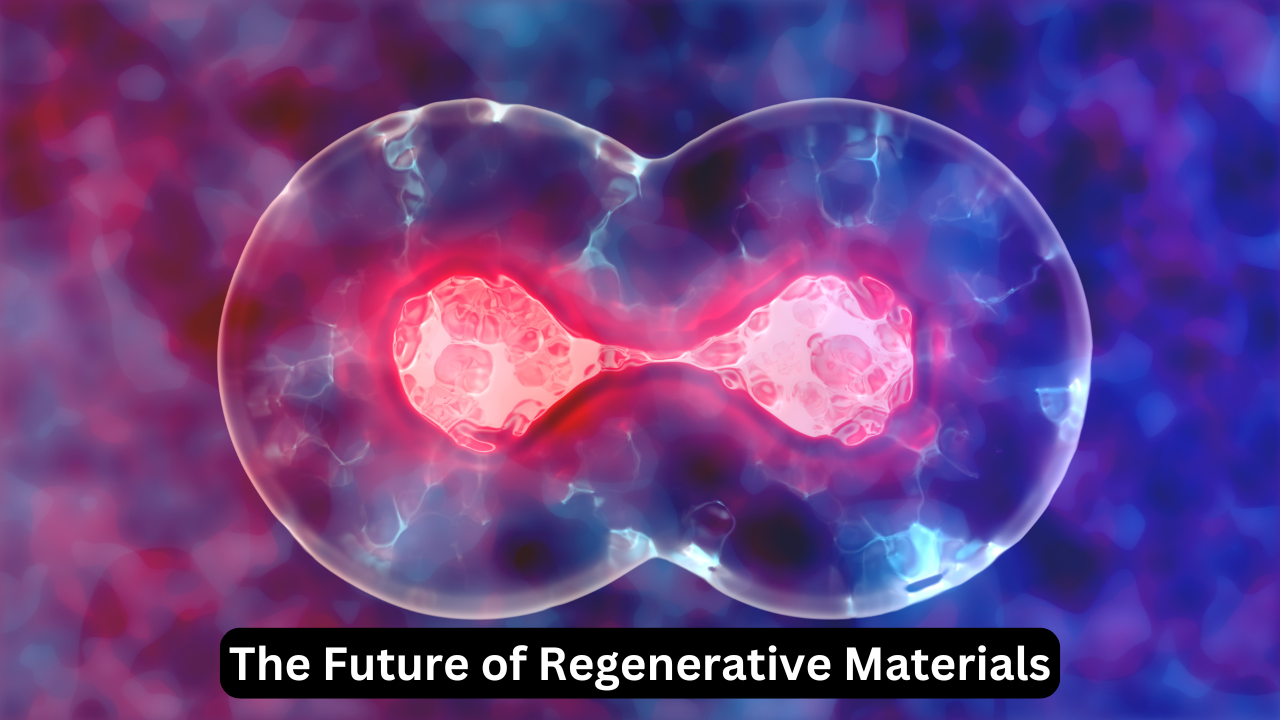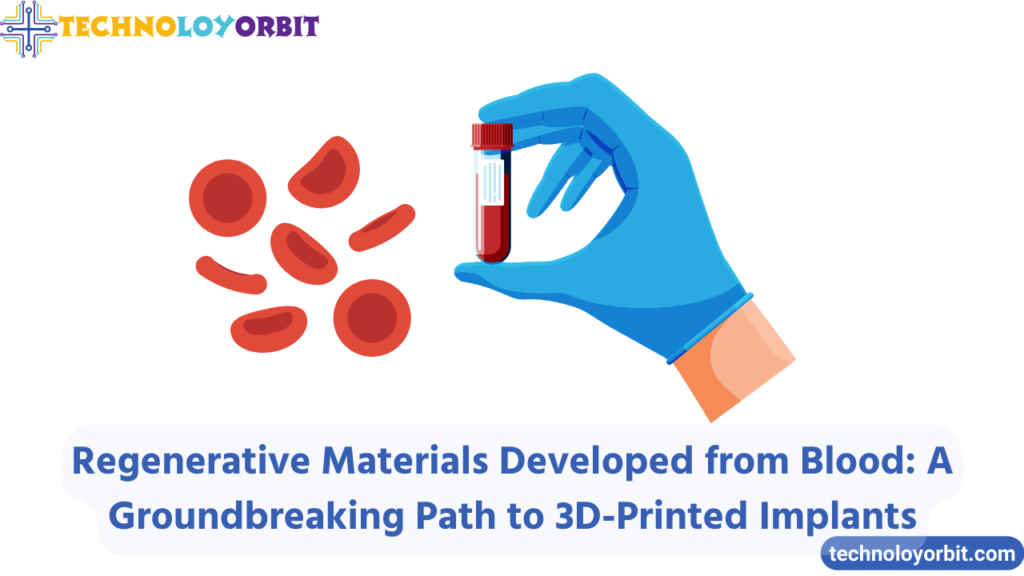Regenerative materials, derived from blood, offer promising solutions for personalized 3D-printed implants, enhancing healing and tissue regeneration with improved compatibility and reduced rejection risks.
Regenerative materials crafted from human blood represent a revolutionary step in biomedical engineering. This groundbreaking technology harnesses the natural healing properties of blood to create biocompatible and personalized materials suitable for 3D-printed implants. By integrating synthetic peptides with blood-derived components, scientists are advancing therapies that may soon redefine approaches to repairing bone fractures and damaged tissues. This article explores the methods, implications, and future of this pioneering research.
Table of Contents
ToggleWhat Are Regenerative Materials?

Regenerative materials are substances engineered to mimic and enhance the body’s natural repair mechanisms. By utilizing blood’s unique healing components, researchers can develop materials that replicate biological functions like bone regeneration. These innovations rely on the self-assembling nature of peptides combined with the patient’s own blood to create a microenvironment conducive to tissue healing. This ensures compatibility and reduces the risk of rejection or complications.
How Blood Can Be Transformed into Biocooperative Materials
Researchers from the University of Nottingham have devised a novel approach to create regenerative materials. The process involves mixing whole blood with synthetic peptides, resulting in a material that mimics the natural regenerative hematoma (RH). This mix serves as a scaffold, promoting the formation of key cells and molecules crucial for tissue repair. The resulting material retains natural platelet behavior and generates growth factors essential for healing.
- Key Benefits:
- Harnesses the patient’s own blood for safety and compatibility.
- Creates adaptable materials suitable for diverse medical needs.
- Supports integration with advanced 3D printing technology.
Applications of Blood-Based Regenerative Materials
1. Bone Repair
Animal studies have demonstrated the effectiveness of these materials in healing bone fractures. The material, created from the patient’s blood, integrates seamlessly with natural tissues and accelerates recovery.
2. 3D-Printed Implants

With enhanced structural properties, regenerative materials can be 3D-printed into customized shapes, making them ideal for implants tailored to individual patient needs.
3. Wound Healing and Skin Grafts
These materials also show promise in treating skin injuries and chronic wounds by stimulating faster tissue regeneration.
| Feature | Traditional Materials | Regenerative Blood Materials |
|---|---|---|
| Source | Synthetic polymers | Patient’s blood |
| Biocompatibility | Medium | High |
| Cost | High | Low (Blood is readily available) |
| Customization | Limited | Highly customizable |
Advantages Over Conventional Methods
- Cost-Effective: Since blood is readily available, the process significantly reduces costs.
- Reduced Risk of Rejection: Using the patient’s own blood minimizes immune responses.
- Biocooperative Approach: Unlike synthetic implants, these materials work synergistically with the body’s natural healing processes.
Challenges and Solutions in Implementation
Challenge: Standardization of Materials
One of the primary concerns is ensuring consistency across different patients and clinical settings.
- Solution: Develop universal protocols and toolkits for healthcare providers to generate materials on-site.
Challenge: Scalability
Producing these materials on a large scale for widespread use remains a technical hurdle.
- Solution: Invest in automation and advanced manufacturing techniques to streamline production.
Challenge: Regulatory Approval
New biomedical technologies must undergo rigorous testing before approval for human use.
- Solution: Conduct comprehensive trials and collaborate with regulatory agencies to ensure safety and efficacy.
The Future of Regenerative Materials

The field of regenerative medicine is rapidly evolving. Blood-based materials offer a glimpse into a future where healthcare solutions are personalized and accessible. Key developments expected in the coming years include:
- Broader applications, including cartilage and organ repair.
- Integration with artificial intelligence to enhance 3D printing precision.
- Expansion into non-invasive treatments for chronic diseases.
Frequently Asked Questions (FAQs)
1. What are regenerative materials made from blood?
These are materials derived from a patient’s blood, combined with synthetic peptides, to mimic and enhance natural healing processes.
2. Can these materials be used for all patients?
Yes, since the blood comes from the patient, it is biocompatible and suitable for various medical applications.
3. How are these materials 3D-printed?
The materials are processed to retain flexibility and strength, allowing them to be printed into customizable implants.
4. What are the main benefits of using blood-based materials?
They are cost-effective, reduce the risk of rejection, and enhance the body’s natural healing capabilities.
5. Are these materials currently available for use?
They are in experimental stages and undergoing testing, but researchers hope to bring them to clinical settings soon.
Conclusion
Regenerative materials derived from blood signify a monumental leap in medicine. By leveraging the body’s natural processes and integrating them with cutting-edge technology like 3D printing, these materials promise to revolutionize healthcare. While challenges remain, ongoing research and collaboration across disciplines are paving the way for a future where personalized medicine becomes a reality. The potential of regenerative materials to transform treatments for injuries and chronic conditions underscores their importance as a cornerstone of modern biomedicine. Please follow out blog Technoloyorbit.



